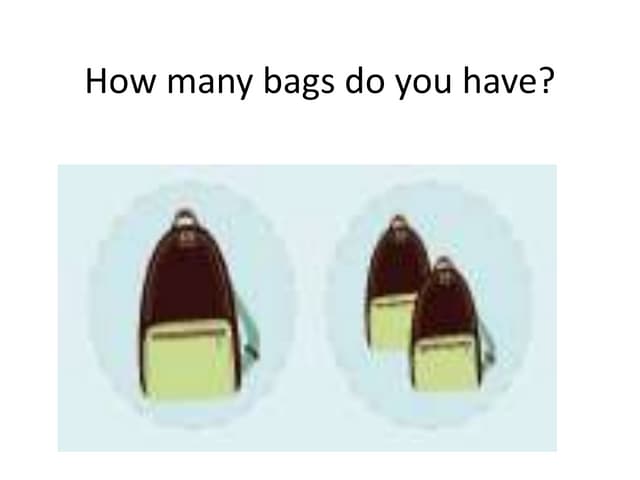How Far Do Bags Have To Be Apart

The sun dipped low, painting the park in hues of orange and gold as families gathered, their laughter echoing through the crisp autumn air. Children chased pigeons, their small hands outstretched, while nearby, a group of friends meticulously arranged their cornhole boards, the anticipation of friendly competition thick in the air. But a question lingered, unspoken yet understood: how far apart should these boards be?
The proper spacing of cornhole boards, a seemingly simple detail, is crucial for both casual enjoyment and competitive play. The official distance, as defined by governing bodies like the American Cornhole Organization (ACO), is 27 feet from the front edge of one board to the front edge of the other. This distance, while seemingly arbitrary, plays a vital role in balancing skill, strategy, and accessibility in the game.
The Roots of Cornhole and Standardized Play
Cornhole's origins are shrouded in a bit of mystery, with some stories tracing it back to 14th-century Germany and others to the American Midwest in the 19th century. Regardless of its exact beginnings, the game gained significant popularity in the late 20th and early 21st centuries, transforming from a backyard pastime into a nationally recognized sport.
As cornhole's popularity surged, the need for standardized rules and regulations became apparent. Organizations like the ACO and the American Cornhole League (ACL) emerged, establishing consistent guidelines for board dimensions, bag weight, and, of course, board spacing.
Why 27 Feet?
The 27-foot distance wasn't chosen at random. It's the result of a delicate balancing act considering various factors. It is designed to be challenging enough for skilled players while still accessible to beginners.
Shorter distances might make the game too easy, reducing the skill element, while longer distances could be too difficult for casual players, diminishing the fun.
Consider the physics involved. The trajectory of a cornhole bag, its weight, and the force applied all play a role. Twenty-seven feet allows for a challenging but achievable arc, encouraging players to develop their throwing technique.
The Impact of Distance on Gameplay
The distance between the boards significantly influences the strategies employed by players. A longer distance necessitates a more deliberate and accurate throw, emphasizing precision over power.
Players must consider factors like wind and bag weight, making subtle adjustments to their technique. This element of strategy adds depth to the game, transforming it from a simple toss into a calculated exercise.
A closer distance often results in a faster-paced game with more bags landing on the board. The 27 feet allows for more defensive play. Blocking bags can be strategically placed to hinder the opponent’s progress.
Variations and Considerations
While 27 feet is the official distance, variations exist. Younger players or individuals with physical limitations might benefit from a shorter distance.
For children, distances of 15 or 20 feet can be more appropriate. This modified distance allows them to develop their throwing skills without becoming discouraged by the difficulty of the standard distance.
Similarly, individuals with mobility issues might find a shorter distance more manageable and enjoyable, ensuring that the game remains inclusive and accessible.
The Importance of Level Ground
Beyond the distance, the playing surface is crucial. Uneven ground can significantly impact the game, causing bags to roll off the board or altering their trajectory.
Whenever possible, choose a flat, level surface for your cornhole setup. This will ensure a fair and consistent playing experience for all participants.
Even a slight incline can make a noticeable difference, especially at the official distance. Using a level can help identify and correct any inconsistencies in the playing surface.
Beyond the Rules: The Spirit of the Game
While adhering to the official rules is important for competitive play, the true essence of cornhole lies in its ability to bring people together. It promotes camaraderie and friendly competition, regardless of skill level.
Whether you're playing in a backyard barbecue or a sanctioned tournament, remember to prioritize sportsmanship and respect. Celebrate good shots, offer encouragement, and above all, have fun.
Cornhole is more than just a game; it's a social activity that fosters connection and creates lasting memories. By understanding the rules and embracing the spirit of the game, we can ensure that it remains a source of enjoyment for generations to come.
So, the next time you set up your cornhole boards, remember the 27-foot rule, but also remember the laughter, the camaraderie, and the simple joy of spending time with friends and family. In the end, that's what truly matters.




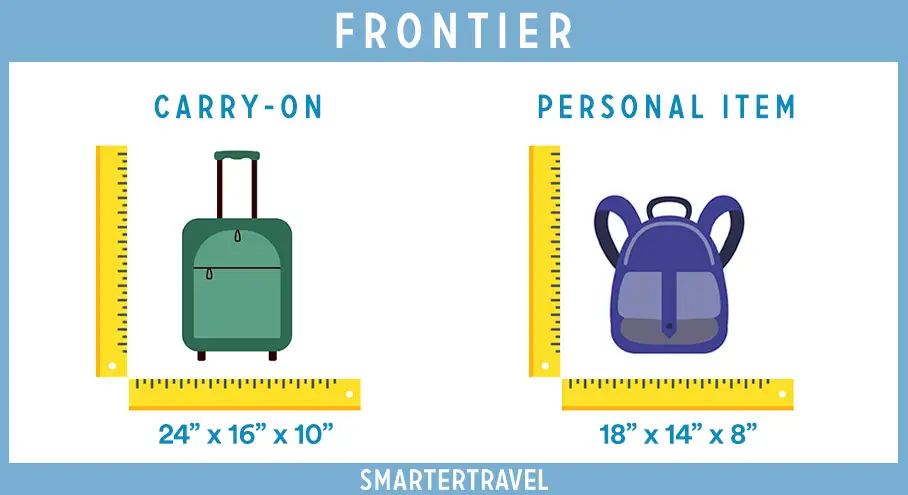

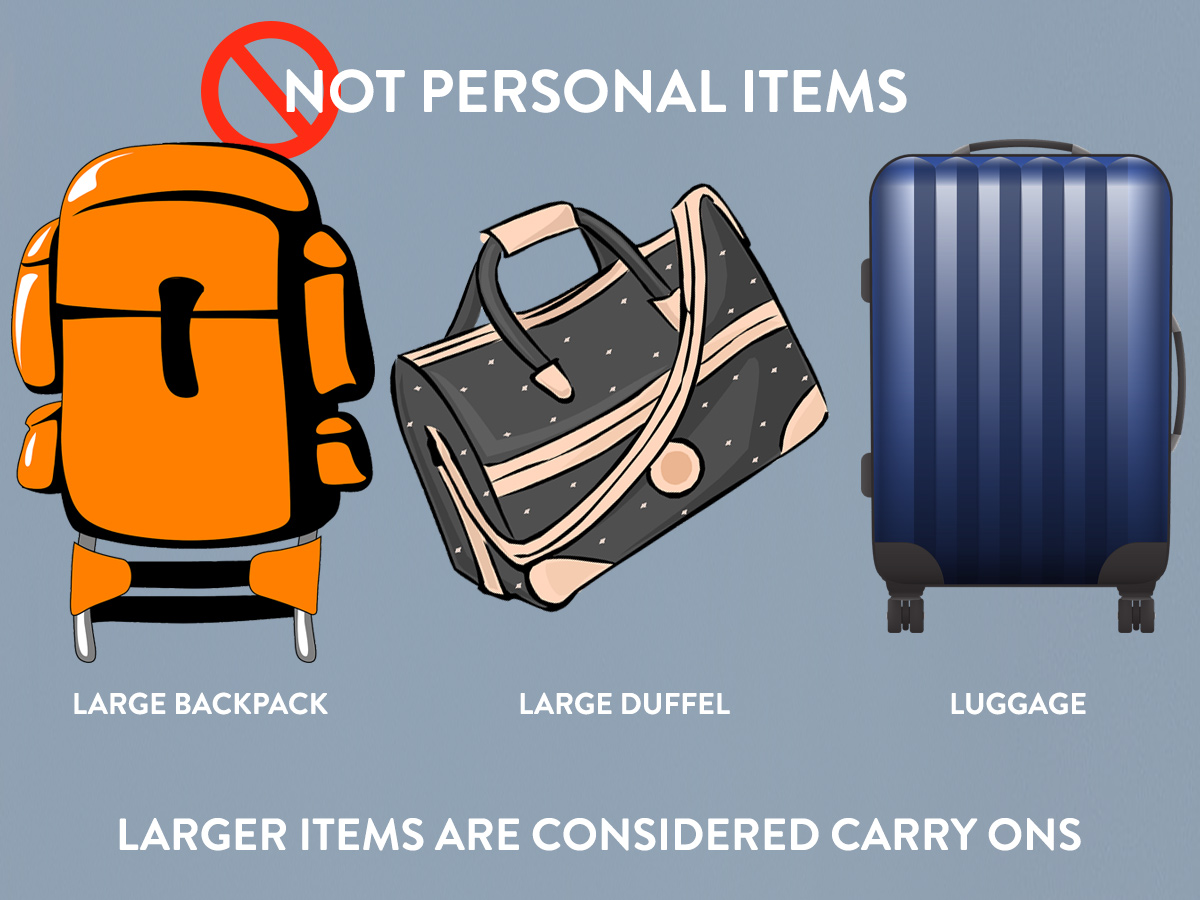
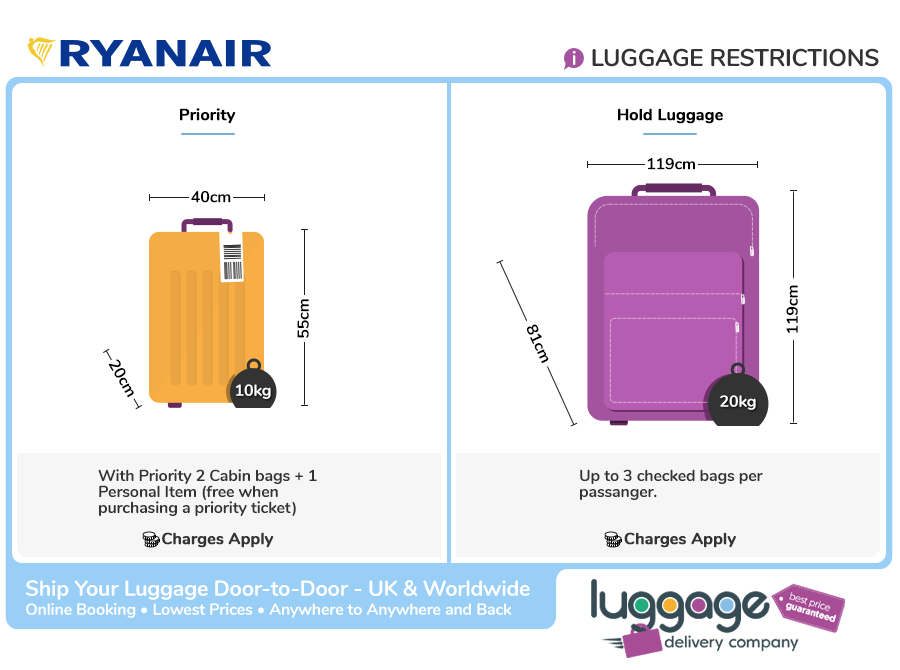
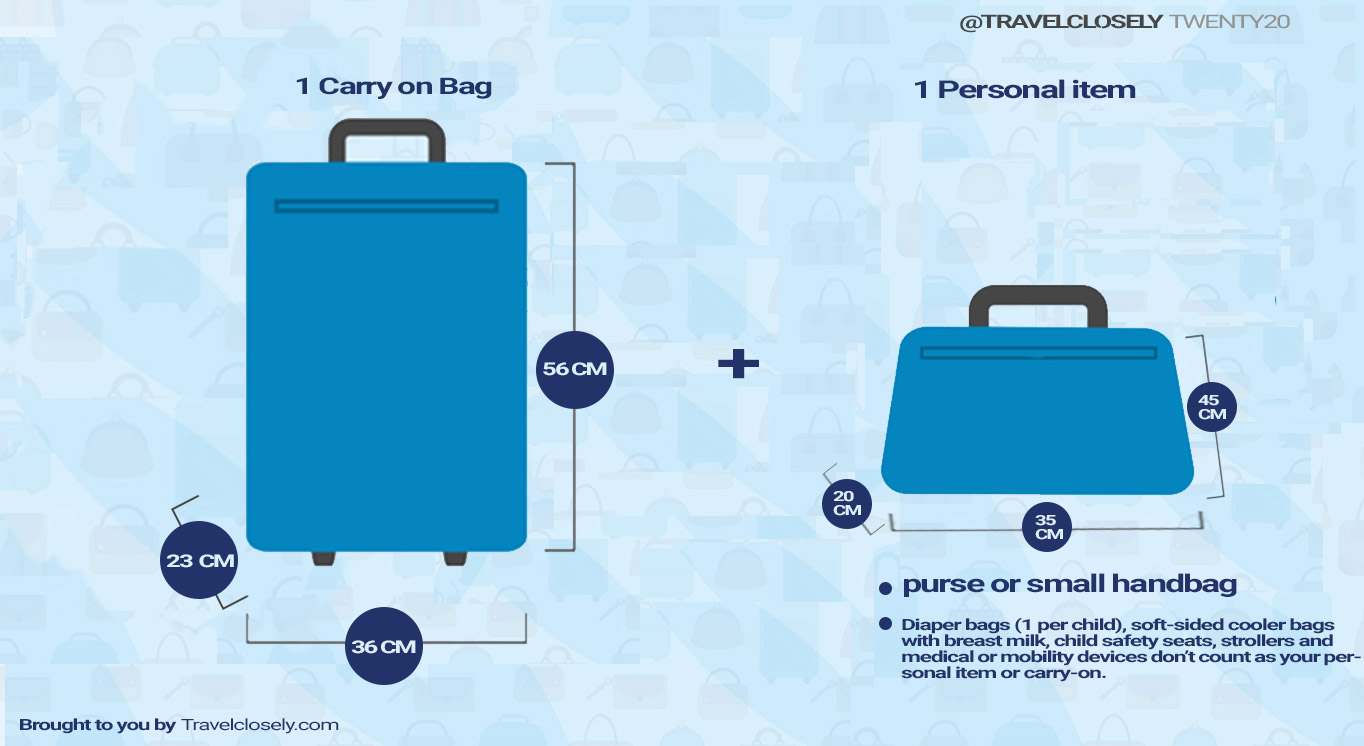



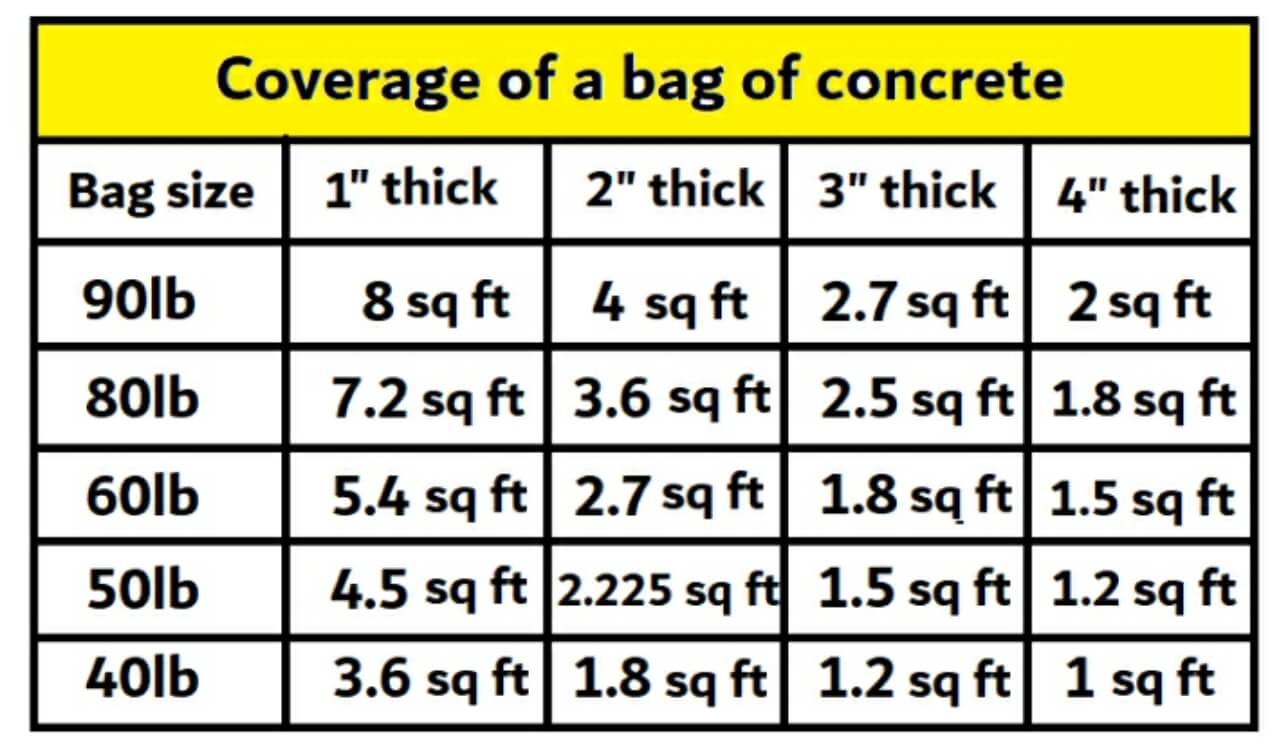
:max_bytes(150000):strip_icc()/carryon-infographic-one-CARRYON1220-cf8c04725c154902b9904f2ef5f257f5.jpg)
